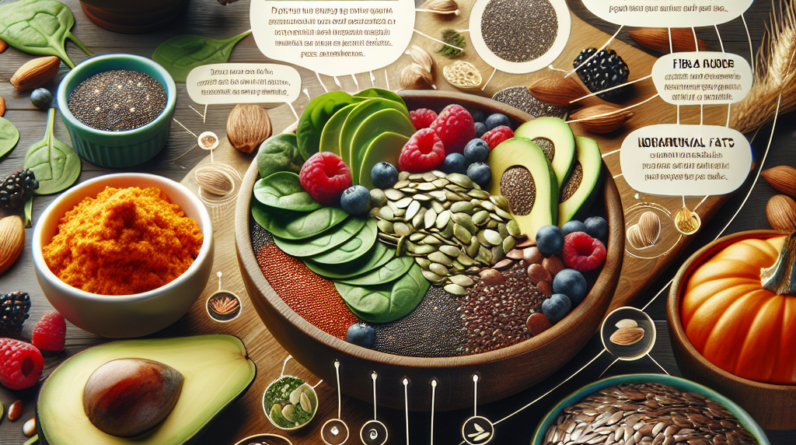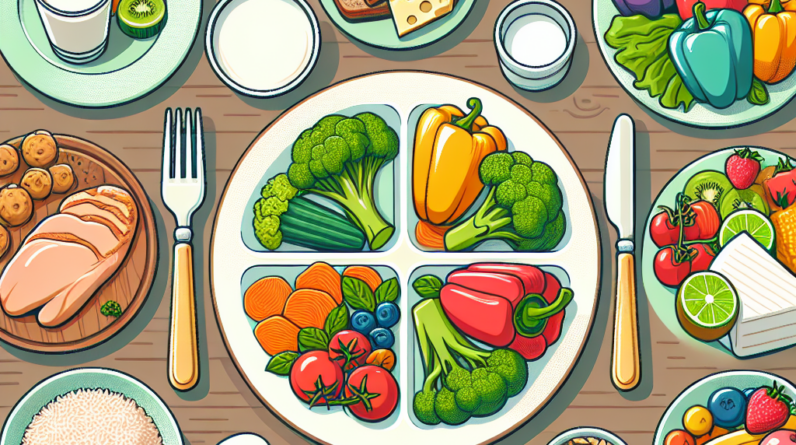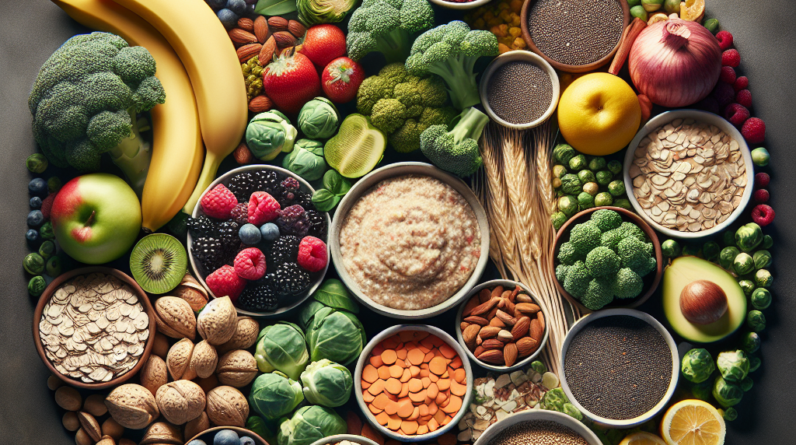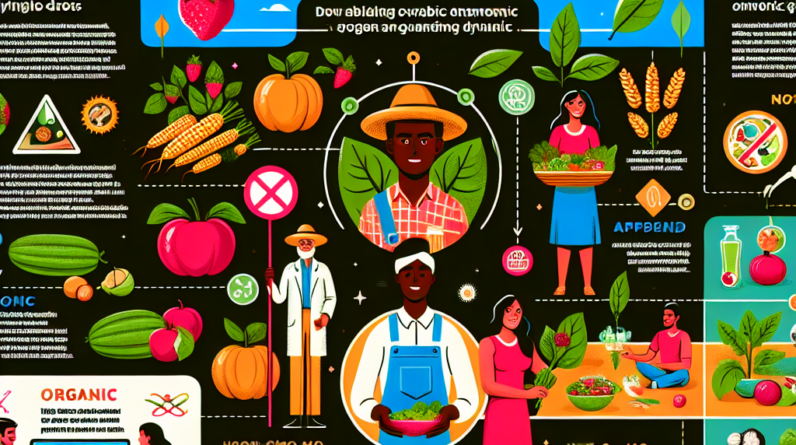
Step 1: Choose the Right Dough
Whole Wheat vs Cauliflower
When I first dived into making healthy pizzas, choosing the right dough felt like a daunting task. But here’s the thing: whole wheat dough is fantastic. It’s heartier and adds a nutty flavor that elevates the entire pizza experience. Alternatively, if you’re looking to cut down on carbs, cauliflower dough is a game-changer. You wouldn’t even believe how satisfying it is.
Get a Huge Discount and Bonus! Try for 90 Days Risk Free
Working with cauliflower dough might take some practice, but trust me, the texture is surprisingly similar to traditional crust. Just make sure you squeeze out the excess moisture after you grate it; otherwise, your pizza might turn out soggy. And nobody wants that!
Whatever you choose, don’t be afraid to experiment. Even mixing and matching different flours can lead to exciting results. My personal favorite is adding a tiny bit of almond flour to whole wheat for an interesting twist.
Step 2: Sauce It Up Wisely
Homemade vs Store-Bought
When it comes to sauce, I’m all about making it from scratch. It’s super easy! Grab some canned tomatoes, garlic, and your favorite herbs, and you’re golden. Not only do you control the ingredients, but you also skip all those preservatives found in store-bought options. Plus, there’s something incredibly satisfying about stirring up your own sauce.
If you’re in a rush, there are healthier store-bought sauces available. Just always be sure to check the labels for added sugars and sodium. Many brands are now offering organic options, which are typically cleaner and taste just as good.
Sometimes, I even like to mix things up by using pesto or even a light olive oil drizzle as a base for white pizzas. This adds a whole new flavor dimension without adding a ton of calories.
Step 3: Load Up on Fresh Toppings
Vegetables Galore
When it comes to toppings, I’m a firm believer that the more, the merrier! Load that pizza with vibrant veggies like bell peppers, onions, mushrooms, and spinach. Not only do they add a burst of color, but they’re also packed with nutrients. My go-to combo includes cherry tomatoes and arugula tossed on right after baking; it gives it a fresh kick.
Don’t shy away from seasonal vegetables either. Zucchini in the summer or root veggies in the fall can add unique flavors and textures to your pizza. It’s such an enjoyable process to see what’s fresh at the farmer’s market and incorporate it into your meal.
Lastly, I’m a huge advocate for trying out non-traditional toppings. Ever thought of adding avocado after it’s out of the oven? Trust me, it’s a delightful surprise that elevates the whole dish!
Get a Huge Discount and Bonus! Try for 90 Days Risk Free
Step 4: Cheese Choices Matter
Healthier Cheese Alternatives
Cheese is one of the best parts of pizza, but not all cheeses are created equal. I’ve experimented with part-skim mozzarella, and let me tell you, it brings the gooeyness we all crave but without the guilt of full-fat mozzarella. It’s all about balance, folks!
Good Health Solution is Easier Than Most People Think!
Take a Look for Yourself!
Another option I’ve fallen in love with is reduced-fat feta or goat cheese. They offer incredible flavor without overwhelming creaminess. Depending on your personal preferences, you can even try dairy alternatives like cashew or almond cheese if you’re feeling adventurous.
Need a Serious Energy BOOST? Huge Discount Try for 90 Days Risk Free
And if you’re in the mood for a more decadent treat, a sprinkle of fresh parmesan or pecorino on top when it comes out of the oven takes things to a whole new level. It’s all about layering and balancing flavors while keeping it somewhat healthier.
Step 5: Bake to Perfection
Optimal Temperature & Time
Baking your healthy pizza just right is crucial, and let’s be real, it’s a bit of an art! I usually preheat my oven to the highest setting, around 475°F (245°C). This mimics the hot stone ovens of pizzerias and really helps create a perfect crust.
Another trick I learned is to bake your pizza on a preheated pizza stone or even just a regular baking sheet turned upside down. This ensures that the bottom crisps up beautifully while keeping the toppings nice and warm. I’m all about that crispy edge.
Keep a close watch on the pizza, especially if it has some veggies that might cook quicker than your dough. Aim for that golden color, and remember that some bubbly cheese adds to the overall delicious look of your pizza!
Frequently Asked Questions
Can I use gluten-free dough for my healthy pizza?
Absolutely! Gluten-free dough options have come a long way, and you can find a variety of mixes or ready-made crusts that are nutritious and satisfying.
What are some great toppings for a vegan pizza?
Vegan pizzas can be delicious! Try toppings like fresh basil, artichokes, olives, vegan cheese, and a variety of seasonal veggies. Don’t forget to add some nutritional yeast for an extra cheesy flavor!
Is it better to bake pizza on a pizza stone or a baking sheet?
While both work, a pizza stone can give you a crispier crust since it absorbs and retains heat better. If you don’t have one, using a baking sheet turned upside down will work just fine!
How long does it take to make a healthy pizza from scratch?
From prep to baking, you can easily whip up a healthy pizza in about 30-45 minutes, depending on how quick you are with chopping and assembling your toppings!
Can I freeze homemade pizza dough?
Yes, you can! Just wrap your dough tightly in plastic wrap and store it in the freezer for up to three months. Let it thaw in the fridge overnight before using it again for your pizza night.








